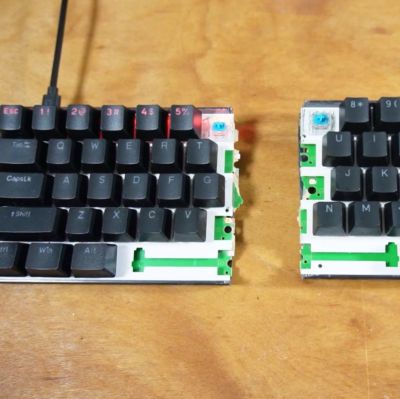Another day, another Internet-connected gadget that gets abandoned by its creators. This time it’s Jooki — a screen-free audio player that let kids listen to music and stories by placing specific tokens on top of it. Parents would use a smartphone application to program what each token would do, and that way even very young children could independently select what they wanted to hear.
Well, until the company went bankrupt and shutdown their servers down, anyway. Security researcher [nuit] wrote into share the impressive work they’ve done so far to identify flaws in the Jooki’s firmware, in the hopes that it will inspire others in the community to start poking around inside these devices. While there’s unfortunately not enough here to return these devices to a fully-functional state today, there’s several promising leads.




















